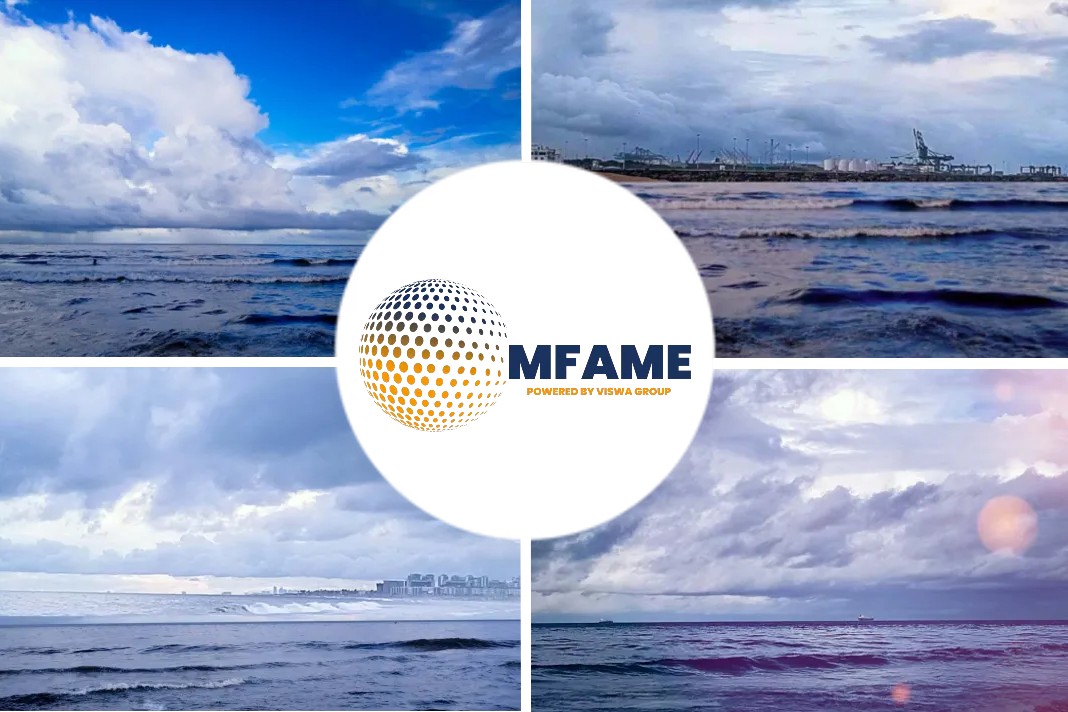- Mitsui O.S.K. Lines conducted drill on 16th November.
- Overcrowding in the shallows caused the collision of MOL LNG carrier with a fishing boat near Akashi Kaikyo Bridge.
- Collision damaged carrier hull and fishing boat crew were thrown overboard.
- MOL executives organized an Emergency Control Headquarters with MOL LNG Transport on November 16th.
Mitsui O.S.K. Lines, Ltd. announced on the 19th of November 2018 in Tokyo that, it conducted a tabletop drill based on an incident simulation involving an LNG carrier managed by an MOL Group ship management, in a press release on their website.
What is the purpose of these drills?
MOL holds these drills periodically to confirm its emergency response system in preparation for serious marine incidents. The drill was held on Friday, November 16, with the goal of raising company-wide safety awareness through the simulation of a serious marine incident.
The drill was designed to demonstrate that the company can respond swiftly and appropriately in case of a serious marine incident and maintain the timely flow of accurate information. MOL also strives to further sharpen its group-wide emergency response readiness through these regular exercises.
Who were the participants?
The main participants included MOL executives and representatives of relevant MOL divisions, who teamed up to organize an Emergency Control Headquarters, along with the ship management company, MOL LNG Transport (Asia), Ltd. (headquarters: Hong Kong).
What was the scenario?
Under the drill scenario, an LNG carrier collided with a fishing boat near the Akashi Kaikyo Bridge while attempting to evade another ship. The boat capsized, and the three crew members went overboard. One was rescued but was unconscious and in critical condition, two others were missing. The collision, which occurred in shallow water, left a hole in the bottom of the LNG carrier hull, and seawater flooded the ballast tank. The vessel was anchored near the site, but the carrier’s boil-off gas treatment system malfunctioned, making it impossible to control the cargo tank pressure.
What were the steps taken post accident?
Upon receiving a report of the accident, MOL organized an Emergency Control Headquarters inside the company. To reconfirm processes such as reporting and communication that are critical in an emergency, the time frame of the drill spanned from the occurrence of the incident to a simulated press conference and verified the company’s capability to ensure smooth cooperation and information gathering among the vessel, ship management company, concerned divisions, and the company’s Emergency Control Headquarters. In addition, based on information collected, the headquarters discussed responses to be taken as the shipowner and operator, reviewed the emergency response system, and then practiced responding to media inquiries at the simulated press conference.
MOL’s tabletop drills are intended to make sure that every employee has a higher awareness of safety and to help the company forge ahead to “become a world leader in safe operation,” while developing and enhancing a solid emergency response structure.
Did you subscribe for our daily newsletter?
It’s Free! Click here to Subscribe!
Source: MOL


















